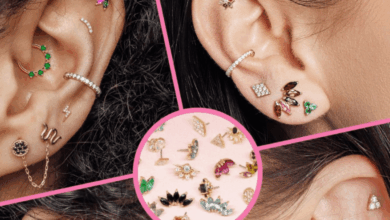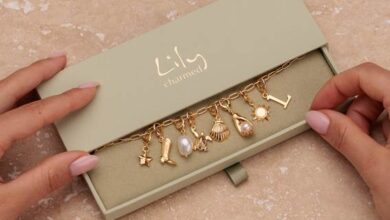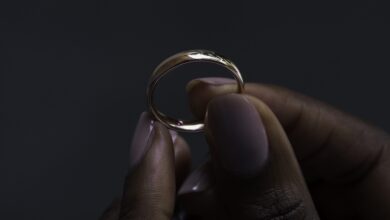Apple Watch could be a big hitter – traditional brands beware
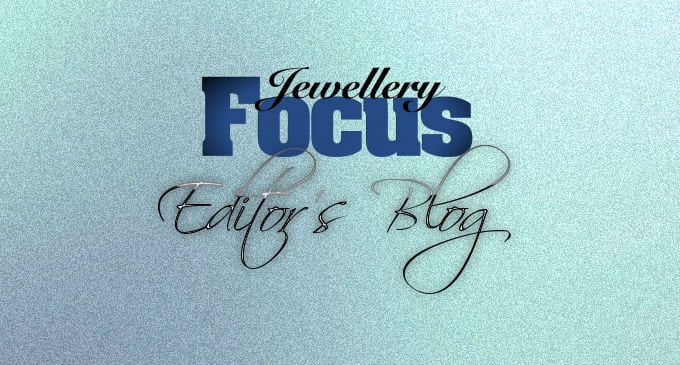
Register to get 1 free article
Reveal the article below by registering for our email newsletter.
Want unlimited access? View Plans
Already have an account? Sign in
A year ago Jewellery Focus ran a piece on smartwatches, wondering aloud whether they would destroy the mid-market for wristwatches. It was entirely conjecture, of course, because it was in response to Samsung’s launch of its ‘Galaxy Gear’ devices – the first time any tech company had launched such a product with any pretensions to selling a ton of them.
Other companies have been in the game for a while, LG and Sony to name a couple, but it seemed Samsung was on a roll: its Galaxy smartphones were beginning to outstrip Apple’s iPhone sales with some aplomb, and one felt that the enormous marketing budget the company could throw at the new launch (bear in mind the firm turns over around $320bn worldwide) would warp consumers’ minds to the cause, even if they started out disinterested.
A year on, and it doesn’t really feel like the Gear set the world on fire. I have not seen a single person wearing one despite being myself slap bang in the middle of the target demographic. But – and this is where the debate gets interesting – Apple track record gives cause to imagine it may provide the catalyst Samsung couldn’t.
The Silicon Valley tech firm has a habit of entering markets late in the game and smashing the competition out of the park. Firms like Nokia and Sony had been working on ‘smartphones’ for some years before the iPhone came along and changed the game, outselling the first-movers with ease.
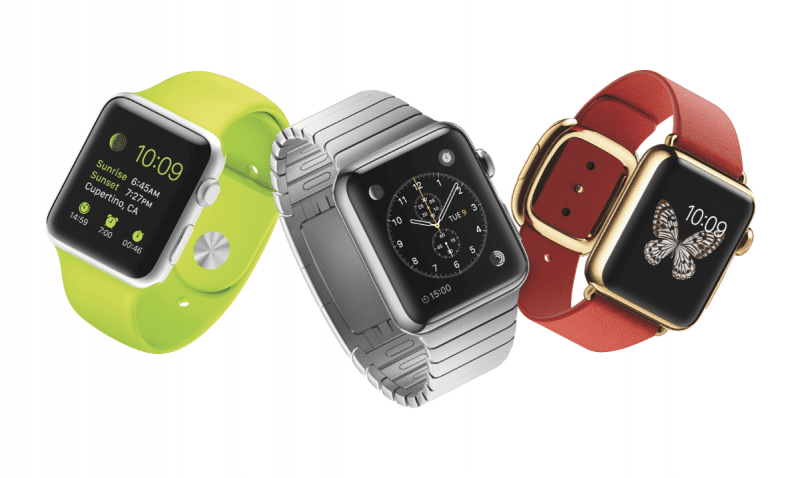
If this happens with the Apple Watch (which, by the way, will be available in 18ct gold – they’re definitely targeting those who like jewellery), then prepare to watch the bottom fall out of the £200-350 segment of the market. Much of this is similar to what I said about Samsung in October 2013, but my argument here is that Apple’s entry into the market has moved the goalposts – and the risk to the traditional watch market is greater than ever before.
So, why is it a game changer, if at all? Principally, it is the look and feel of the thing. Samsung’s Gear was very ‘techie’ in it’s design: a fluorescent rubber strap in a choice of bright colours, a modern looking gadget sitting atop the wrist, and no real choice for the customer thereafter. A whole series of concerns pervaded the launch, about battery life, about a perceived lack of utility in the gadget itself, and the feeling that Samsung’s entertaining of the lower end of the market as well as the higher end made it a less prestigious product.
Apple’s offering allows a whole range of different straps, from a sports elastomer with a magnetic ‘clasp’, to a traditional leather strap, to a chain-link steel bracelet. The ‘device’ itself allows for about 10 different ‘face’ styles, digital and analogue; and battery is preserved by only powering up the display when the watch senses you are moving it up to your face to look at it.
I could go into more detail about all the technological features it has which do not pertain to a traditional watch, but I won’t. What’s salient as far as the jewellery industry is concerned is that unlike Samsung, Apple is parking its tanks firmly on the ‘timepiece’ lawn. And, anyone who has paid attention to the technology world in recent years will tell you: you do not want Apple’s tanks anywhere near your business.



